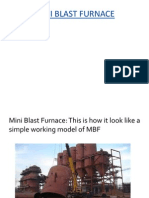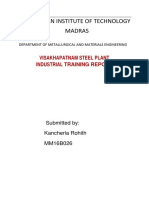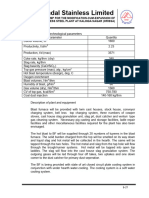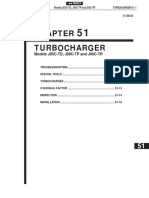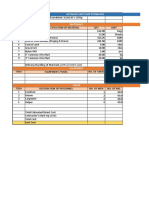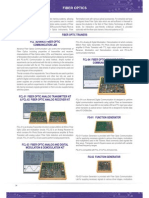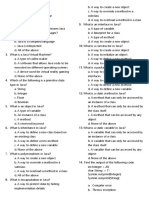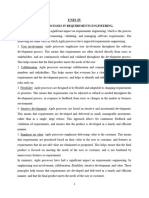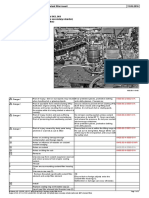0% found this document useful (0 votes)
1K views55 pagesMBF Presentation
The document provides an introduction to MINITEC's Mini Blast Furnace (MBF) technology. Key points include:
- The MBF can produce 80,000-525,000 tons per year of hot metal and can use various raw material compositions from 100% lump ore to mixtures including sinter, pellets, and briquettes.
- MINITEC has experience installing over 40 MBFs globally, mainly in India and Brazil.
- The MBF system includes raw material handling, the furnace, cast house, blower house, hot blast system, gas cleaning, and other components.
- The MBF offers flexibility, easy operation and maintenance, and proven technology
Uploaded by
rubia-maressaCopyright
© © All Rights Reserved
We take content rights seriously. If you suspect this is your content, claim it here.
Available Formats
Download as PDF, TXT or read online on Scribd
0% found this document useful (0 votes)
1K views55 pagesMBF Presentation
The document provides an introduction to MINITEC's Mini Blast Furnace (MBF) technology. Key points include:
- The MBF can produce 80,000-525,000 tons per year of hot metal and can use various raw material compositions from 100% lump ore to mixtures including sinter, pellets, and briquettes.
- MINITEC has experience installing over 40 MBFs globally, mainly in India and Brazil.
- The MBF system includes raw material handling, the furnace, cast house, blower house, hot blast system, gas cleaning, and other components.
- The MBF offers flexibility, easy operation and maintenance, and proven technology
Uploaded by
rubia-maressaCopyright
© © All Rights Reserved
We take content rights seriously. If you suspect this is your content, claim it here.
Available Formats
Download as PDF, TXT or read online on Scribd
/ 55



